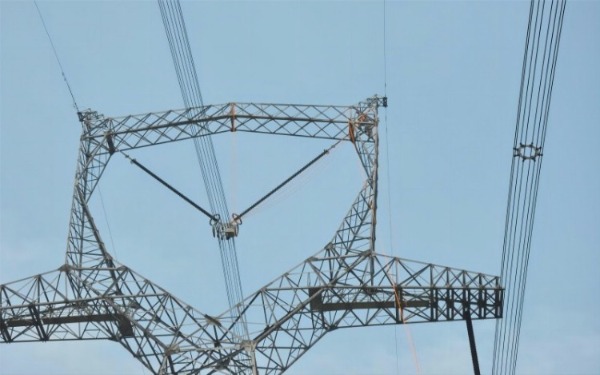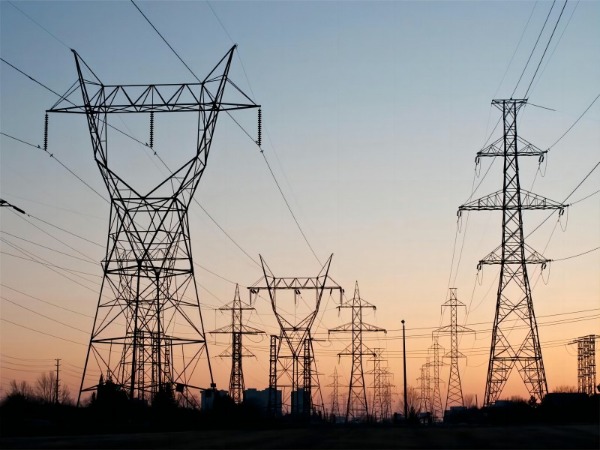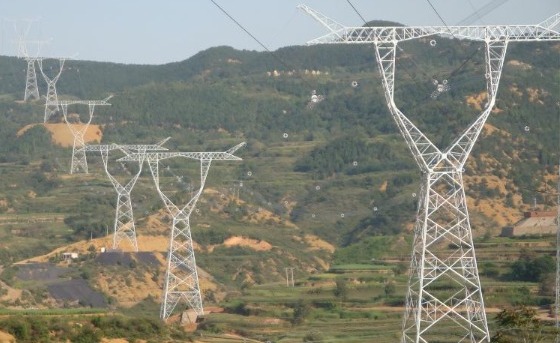UHV (Ultra-High Voltage) transmission towers are structures designed to support high-voltage power lines for the transmission of electricity over long distances. UHV transmission systems operate at voltages above 800 kilovolts (kV), enabling efficient and long-distance power transfer. When fabricating UHV transmission towers, several important considerations should be taken into account to ensure their structural integrity and reliable performance. Here are some key points to pay attention to:

1. Design Compliance: UHV transmission towers are typically designed based on international standards, national codes, and specific project requirements. It is crucial to ensure that the fabrication process adheres to the approved design, including tower dimensions, materials, load capacities, and safety factors.
2. Material Selection: UHV transmission towers are commonly constructed using steel or a combination of steel and concrete. The choice of materials should consider factors such as strength, durability, resistance to corrosion, and ease of fabrication. High-quality materials that meet the specified standards should be selected to ensure the tower's long-term performance.
3. Quality Control: Implementing a robust quality control system throughout the fabrication process is essential. Regular inspections, material testing, and quality checks should be performed to verify compliance with design specifications and to detect any potential defects or deviations. Non-destructive testing methods, such as ultrasonic testing or X-ray inspections, can be employed to assess weld quality and identify any flaws.
4. Welding and Fabrication Techniques: UHV transmission towers often require precise welding and fabrication techniques to ensure the tower's structural integrity. Skilled and experienced welders should be employed to perform high-quality welds that meet the specified standards. Welding parameters, such as heat input, preheating, and post-weld treatments, should be carefully controlled to achieve strong and reliable weld joints.
5. Tower Geometry and Alignment: Attention should be given to maintaining accurate tower geometry and alignment during fabrication. Proper alignment ensures that tower sections fit together correctly, maintaining the tower's strength and stability. Laser alignment systems or other alignment tools can be utilized to achieve precise geometrical alignment.

6. Galvanization and Coating: UHV transmission towers are often subjected to harsh environmental conditions. Galvanization or protective coatings should be applied to the tower structure to prevent corrosion and extend the tower's lifespan. The application of coatings should meet relevant industry standards and specifications.
7. Transportation Considerations: UHV transmission towers are typically fabricated in sections and transported to the installation site for assembly. Transportation logistics, including route planning, loading, and unloading procedures, should be carefully considered to ensure the safety and integrity of the tower sections during transit.
8. Documentation and Traceability: Proper documentation and traceability of materials, processes, and inspections are important during fabrication. This includes maintaining records of material certifications, welding procedures, inspections, and any required testing. These records provide a traceable history of the tower's fabrication and can be crucial for quality assurance and future maintenance.
9. Compliance with Safety Standards: Safety should be a top priority throughout the fabrication process. Fabrication facilities should adhere to safety regulations and provide a safe working environment for the fabrication personnel. Proper safety training, personal protective equipment (PPE), and safety protocols should be implemented to prevent accidents and ensure the well-being of workers.
10. Collaboration and Communication: Effective collaboration and communication among all stakeholders involved in the fabrication process are crucial for successful tower fabrication. This includes close coordination with design engineers, fabricators, quality control personnel, and project managers to ensure that project requirements are met and any issues or concerns are addressed promptly.

By paying attention to these factors during the fabrication process, UHV transmission towers can be manufactured to meet the required specifications, ensuring their structural integrity, safety, and long-term reliability in transmitting high-voltage electricity over long distances.
Learn more at www.alttower.com
